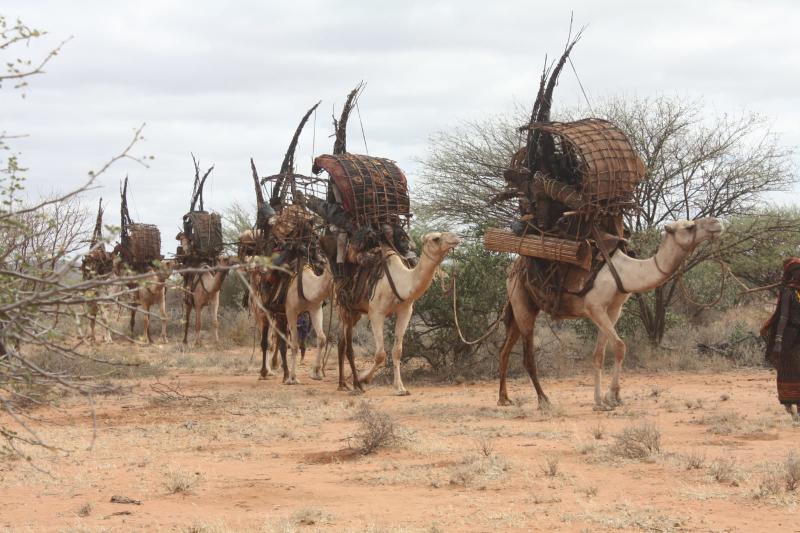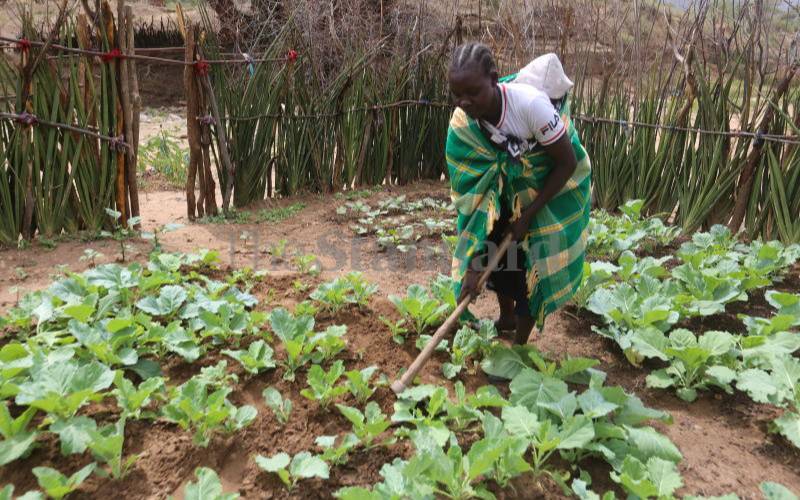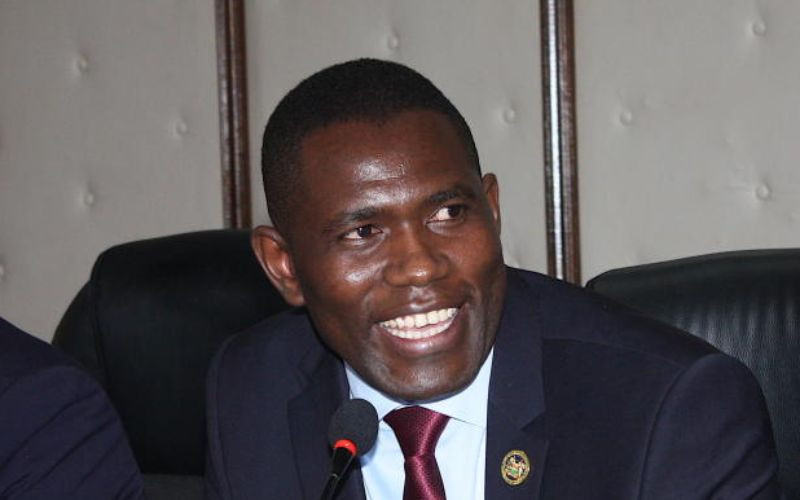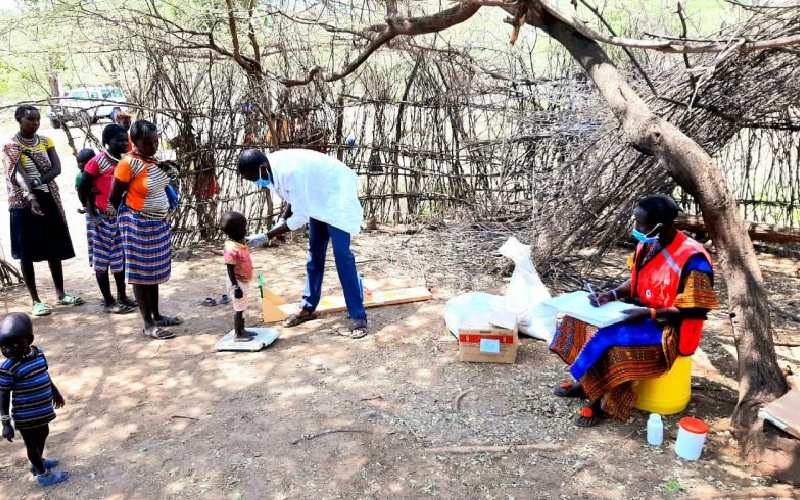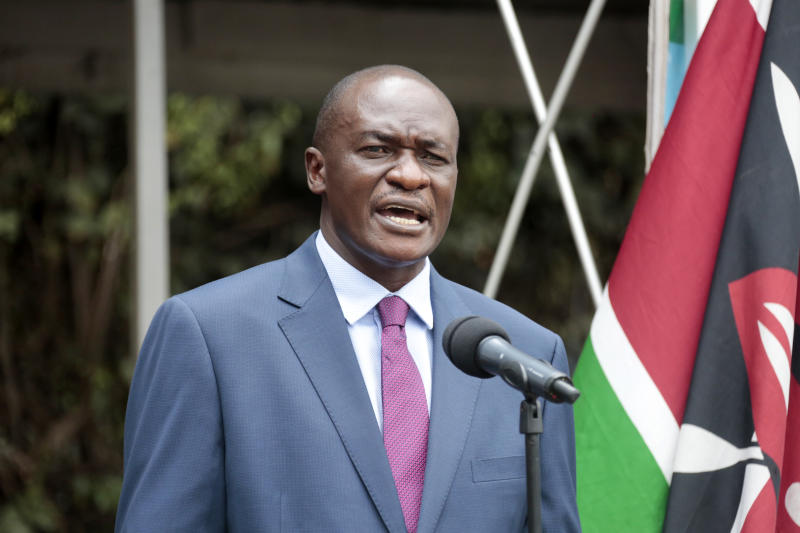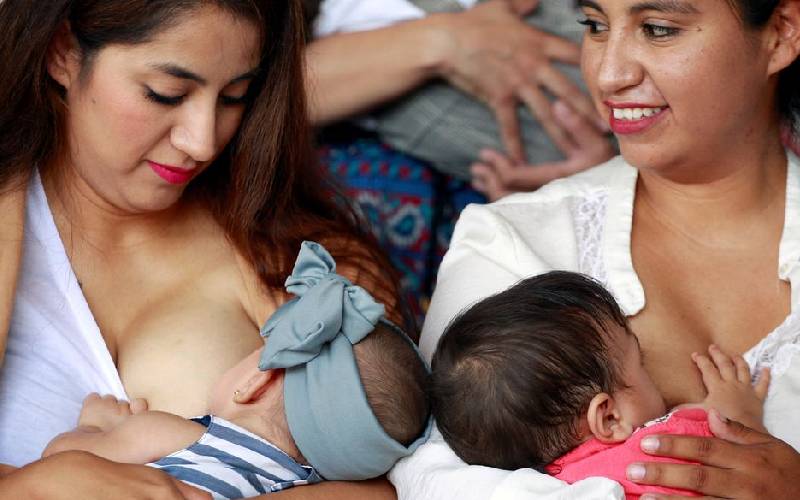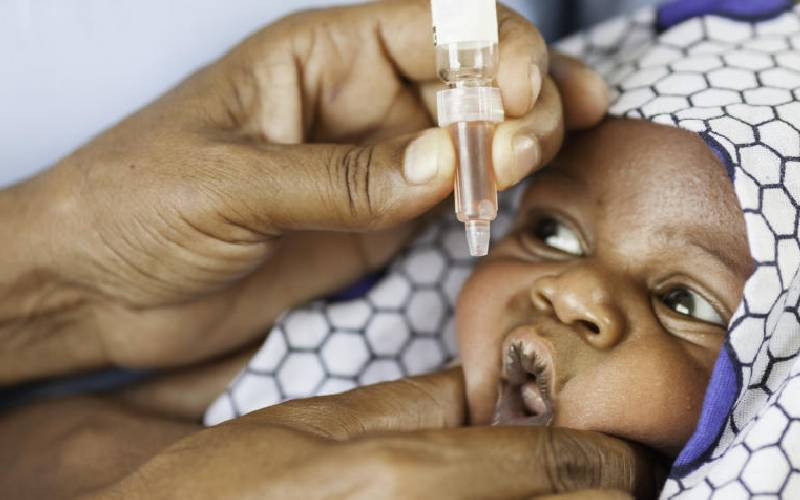
The Ministry of Health has warned that counties with low uptake of childhood immunisation are at high risk of measles and polio outbreaks.
Among the counties at high risk include Turkana, West Pokot, Wajir, Mandera, and Garissa.
Dr Lucy Mecca, the head of the National Vaccines and Immunisation Program(NVIP) said the outbreak of the diseases is evident due to low immunity among children who missed out on childhood jabs.
"We are likely to report disease outbreaks like measles, and polio due to children who missed out on vaccination coverage," said Dr Mecca.
According to the 2022 Kenya Demographic and Health Survey (KDHS), the rate of childhood immunisation in Kenya has increased, with at least 80 percent of children fully immunised, from 79 percent in 2014.
But counties of Turkana, West Pokot, Wajir, Mandera and Garissa recorded 60, 49,49, 29 and 23 percent respectively.
The counties recorded an outbreak of measles last year, whereas Kenya remains on a high alert, following polio outbreak in Malawi.
Dr Mecca reiterated the need to have county leadership in counties with low immunisation to put more focus on immunisation, to reach hard-hit areas.
- Polio vaccine safe, health ministry assures Kenyans
- HIV and HPV take devastating toll on homosexuals in Kenya
- Ministry admits to shortage of babies' vaccine
- CDC issues global warning as Kenya battles malaria and measles
Keep Reading
"Some of the counties might have recorded low uptake of the jabs because of drought, but more focus needs to be put to find the missed children," said the official.
She added, "The departments of health need money allocated to immunisation by the county leadership".
In December last year, the ministry launched a measles' rubella vaccination campaign in the wake of an outbreak reported in six counties.
The ten-day campaign was conducted in Marsabit, Wajir, Garissa, Nairobi, Turkana, Mandera and West Pokot, and targeted 1.2 million children aged between nine and 59 months.
"It is worrying that we had a measles outbreak last year, the same counties, which have reported low uptake of vaccination. More campaigns were also conducted in the counties," Dr Mecca said.
In Kenya, routine childhood vaccines are supplied by the national government, through Kenya Expanded Program Immunisation (KEPI).
Vaccines under the program include Bacillus Calmette-Guerin (BCG)- administered at birth, Tuberculosis (issued at birth), Rotarix (rotavirus vaccine), Diphtheria, Pertussis (DPT), whooping cough, and tetanus.
Others are Hepatitis B, Haemophilus influenzae type B (Hib), Pneumococcal and Measles and rubella.
Mecca added that vaccination is done to prevent childhood diseases, that contribute to infant morbidity and mortality.
According to KDHS, eight in 10 children aged between 12 and 23 months were fully vaccinated with the basic antigens.
The coverage rate for the Oral Polio Vaccine (OPV) administered at birth, co-administered with bacille Calmette-Guerin (BCG) as per the national schedule, was 86 percent.
The BCG coverage was slightly lower among children whose mothers have no education, (89 percent), than among those whose mothers have more than a secondary education, at 99 percent.
"With respect to individual vaccine antigens, 97 percent of the children have received BCG, the first dose of pentavalent, and the first dose of Oral Polio Vaccine (OPV), and 89 percent have received the first dose of Measles-Rubella (MR) vaccine.
The coverage rate for the Oral Polio Vaccine (OPV) birth dose, co-administered with BCG as per the national schedule, was 86 percent.
Uptake of polio jab was 11 percent lower than BCG, while BCG coverage was found to be slightly lower among children whose mothers have no education, representing 89 percent, than among those whose mothers have more than a secondary education, at 99 percent.
However, at least two percent of children across the country, aged between 12 and 13 months, had not received any vaccination during the survey period.
Contrary to laxity in the counties with low uptake of the jabs, Vihiga County applied several strategies to attain the 96 percent coverage
Among the measures applied were the motivation of healthcare providers in kind and by word of mouth, community mapping from house to community strategy to ensure each household member receives desired health attention respectively vaccination included.
"Regular constructive support supervisions with regular feedback to the facility staff has helped conduct more vaccine coverage," said Edith Anjere, the Vihiga county immunisation coordinator.
She added, "There is good political will too towards health services in general. Regular collection and distribution of vaccines and other commodities to the health facility, for example, ensuring readily available commodities. Regular defaulter tracking by use of diaries we are able to readily tell who has not come on the appointed date,"
Mecca noted that the ministry will continue to sensitise the community on the importance of childhood immunisation, to uphold gains made in fighting childhood-related diseases.
 The Standard Group Plc is a multi-media organization with investments in media platforms spanning newspaper print
operations, television, radio broadcasting, digital and online services. The Standard Group is recognized as a
leading multi-media house in Kenya with a key influence in matters of national and international interest.
The Standard Group Plc is a multi-media organization with investments in media platforms spanning newspaper print
operations, television, radio broadcasting, digital and online services. The Standard Group is recognized as a
leading multi-media house in Kenya with a key influence in matters of national and international interest.



